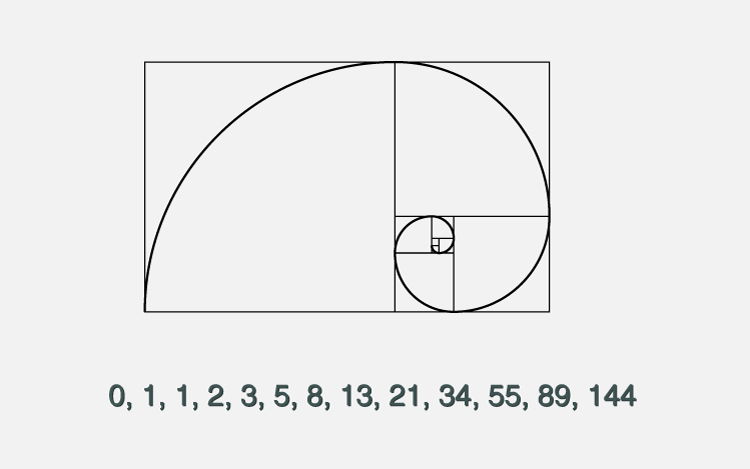The Fibonacci sequence first appeared in Indian mathematics and was first brought to our attention by Parmanand Singh in 1985. The name "Fibonacci sequence" was first used by the 19th-century number theorist Édouard Lucas.
There are several scenarios where fibonacci sequence is used. The first is the sunflower arrangement of seeds. Mother Nature arranges the seeds in a particular order to prevent overcrowding of seeds.
It can also be seen in the number of petals on many different flowers and the occurrence of leaves on many different plants. Another example is the lineage of the honeybees (similar to rabbits as mentioned by Fibonacci)
Fibonacci's real name was Leonardo Pisano Bogollo, and he lived between 1170 and 1250 in Italy. His nickname was Fibonacci, which means "Son of Bonacci". Fibonacci Day is November 23rd, as it has the digits 1, 1, 2,3 which forms a part of the sequence. As well as being famous for the Fibonacci Sequence, he helped spread Hindu-Arabic Numerals (like our present numbers 0,1,2,3,4,5,6,7,8,9) through Europe in place of Roman Numerals (I, II, III, IV, V, etc). The truth is that Fibonacci was not the first to know about the sequence, it was known in India hundreds of years before!
- Uditi Naagar
The Fibonacci Sequence is the series of numbers:
0, 1, 1, 2, 3, 5, 8, 13, 21, 34, ...
The next number is found by adding up the two numbers preceding it.
It can also be seen in the number of petals on many different flowers and the occurrence of leaves on many different plants. Another example is the lineage of the honeybees (similar to rabbits as mentioned by Fibonacci)





No comments:
Post a Comment